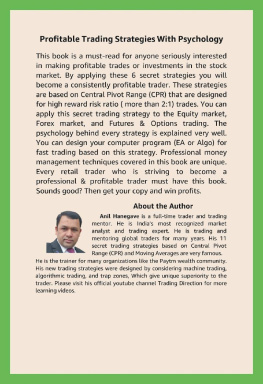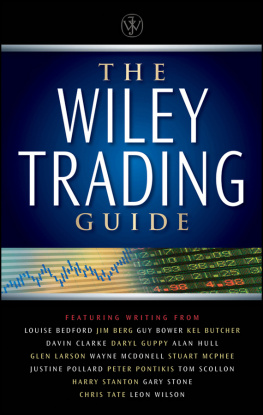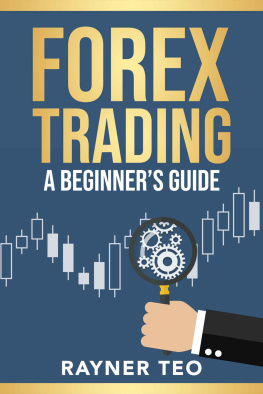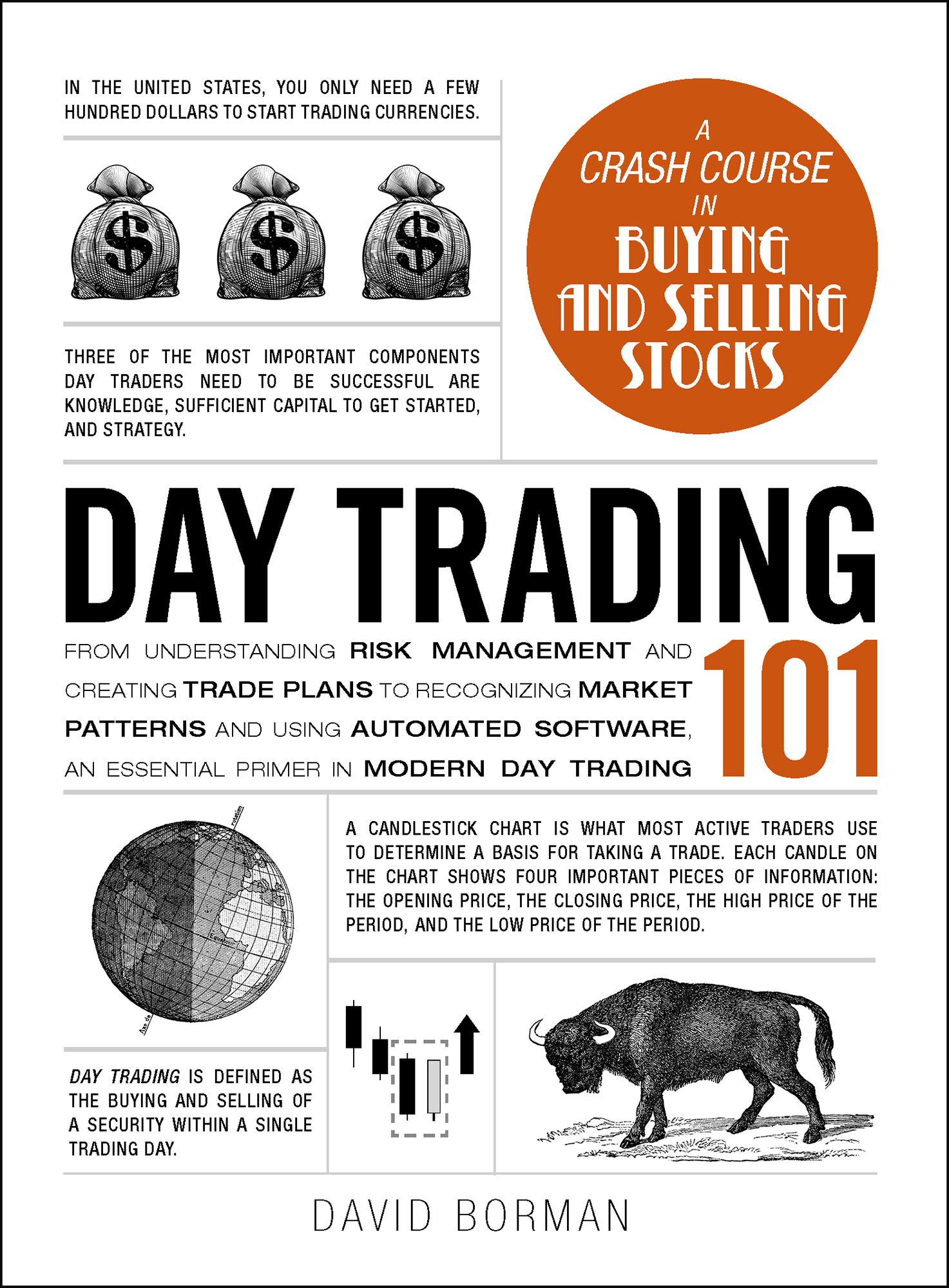CONTENTS
Guide
Thank you for downloading this Simon & Schuster ebook.
Get a FREE ebook when you join our mailing list. Plus, get updates on new releases, deals, recommended reads, and more from Simon & Schuster. Click below to sign up and see terms and conditions.
CLICK HERE TO SIGN UP
Already a subscriber? Provide your email again so we can register this ebook and send you more of what you like to read. You will continue to receive exclusive offers in your inbox.
We hope you enjoyed reading this Simon & Schuster ebook.
Get a FREE ebook when you join our mailing list. Plus, get updates on new releases, deals, recommended reads, and more from Simon & Schuster. Click below to sign up and see terms and conditions.
CLICK HERE TO SIGN UP
Already a subscriber? Provide your email again so we can register this ebook and send you more of what you like to read. You will continue to receive exclusive offers in your inbox.

Adams Media
An Imprint of Simon & Schuster, Inc.
57 Littlefield Street
Avon, Massachusetts 02322
www.SimonandSchuster.com
Copyright 2018 by Simon & Schuster, Inc.
All rights reserved, including the right to reproduce this book or portions thereof in any form whatsoever. For information address Adams Media Subsidiary Rights Department, 1230 Avenue of the Americas, New York, NY 10020.
First Adams Media hardcover edition JANUARY 2018
ADAMS MEDIA and colophon are trademarks of Simon and Schuster.
For information about special discounts for bulk purchases, please contact Simon & Schuster Special Sales at 1-866-506-1949 or .
The Simon & Schuster Speakers Bureau can bring authors to your live event. For more information or to book an event contact the Simon & Schuster Speakers Bureau at 1-866-248-3049 or visit our website at www.simonspeakers.com.
Interior design by Katrina Machado
Cover design by Colleen Cunningham
Cover images 123RF/Christos Georghiou, Patrick Guenette, Luisa Vallon Fumi , Dmitrii Korolev
Library of Congress Cataloging-in-Publication Data has been applied for.
ISBN 978-1-5072-0581-5
ISBN 978-1-5072-0582-2 (ebook)
This publication is designed to provide accurate and authoritative information with regard to the subject matter covered. It is sold with the understanding that the publisher is not engaged in rendering legal, accounting, or other professional advice. If legal advice or other expert assistance is required, the services of a competent professional person should be sought.
From a Declaration of Principles jointly adopted by a Committee of the American Bar Association and a Committee of Publishers and Associations
Many of the designations used by manufacturers and sellers to distinguish their products are claimed as trademarks. Where those designations appear in this book and Simon & Schuster, Inc., was aware of a trademark claim, the designations have been printed with initial capital letters.
DEDICATION
This book is dedicated to my mom, Cynthia, and my two brothers, Bill and Ted, all of whom have been there for me during the writing of this and all my other books. Theyve been there through all my nonstop talk about this or that economic theory, theyve been there for countless late-night writing sessions, theyve been there through the good times and the bad... In short, theyve always been there for me.
ACKNOWLEDGMENTS
In the writing of this book there was much help: Id like to thank my editors at Simon & Schuster, Eileen Mullan and Peter Archer, and the huge work they did to get this book to press. Id also like to thank the editorial board, because they liked the proposal and gave me enough time to write it. Id like to thank all my current and previous bosses, who gave me the chance to work at their companies, the chance to learn, and the chance to grow in my career in finance and the markets. Last, Id like to thank my bestie best, Ilona, for encouraging me to keep writing until I made every deadline.
CONTENTS
INTRODUCTION
Just what is day trading?
When people hear the word trading , they usually think of the stock market and of the kind of thing that happens with their 401(k) accounts (or other retirement accounts). But thats not really stock trading; its investing . People who trade stocks dont buy into a 401(k) or brokerage account with a preset amount with each payroll check. Instead, they buy and sell stocks in order to make a profit.
Many traders think long term and buy and hold stocks for some timein fact, sometimes for years. But theres another kind of trading, and thats what were going to talk about in the following pages: day trading .
In one sense, day trading is exactly what it sounds like. Day traders buy and sell stock within a twenty-four-hour period. Sometimes they hold the stock for only minutes, sometimes for a few hours. But in the end, day trading is the process of starting a trading session at the beginning of the day in 100 percent cash, buying and selling securities during the day for profits, and making sure to sell off all the account holdings by the end of the day, thereby returning to all cash at the end of the trading session.
Day traders buy and sell stocks many times in a single day. Their goal is to capture gains and book profits on their trades during the hours the markets are open. Day after day, month after month, they repeat the process of starting in cash, trading, booking profits, and ending the day in cash. Although the profit on each trade is often relatively small, the volume of their trades allows day traders to book huge profits on average-sized accounts over the year. As the profits come in, the traders account grows in value, allowing larger trades.
Another distinguishing feature of day trading is the use of leverage to amplify purchasing power. When day traders use leverage (also called margin accounts) in their trading accounts, they are essentially buying stock or securities with credit. This is much like purchasing a house with only a 10 or 20 percent down payment and a mortgage for the balance. In the case of day trading, the trader puts up cash or other securities for the down payment, and the brokerage account lends him money to buy more stock or other securities. This means that with the right management, relatively small accounts can book sizeable profits.
Finally, one of the best qualities of day trading is the availability of twenty-four-hour markets. Day trading can be done whenever the markets are open: for stocks, this usually means 7:30 a.m. to 2 p.m. Eastern US time. But while the US stock market is only open during the day, other markets are open twenty-four hours a day, six days a week. This means you can keep your regular day job while building up your skills at trading in your off hours. You can trade on your own time, whether late in the evening before bed or early in the morning before work. You can even trade on a smartphone or a tablet; brokerage houses offer sophisticated trading platforms for both. Trading can be done anywhere you have access to the Internet: at the coffee shop, at your home office. It doesnt have to take a lot of time either. You might spend only an hour a day looking for trades and only trade two to four times a week, searching for only the best trades that offer the best profits. Its really up to you how you want to build your trading business.











